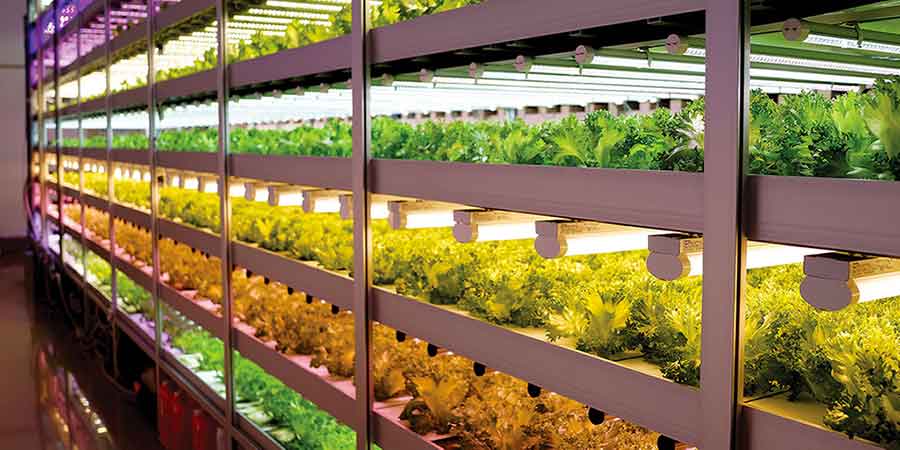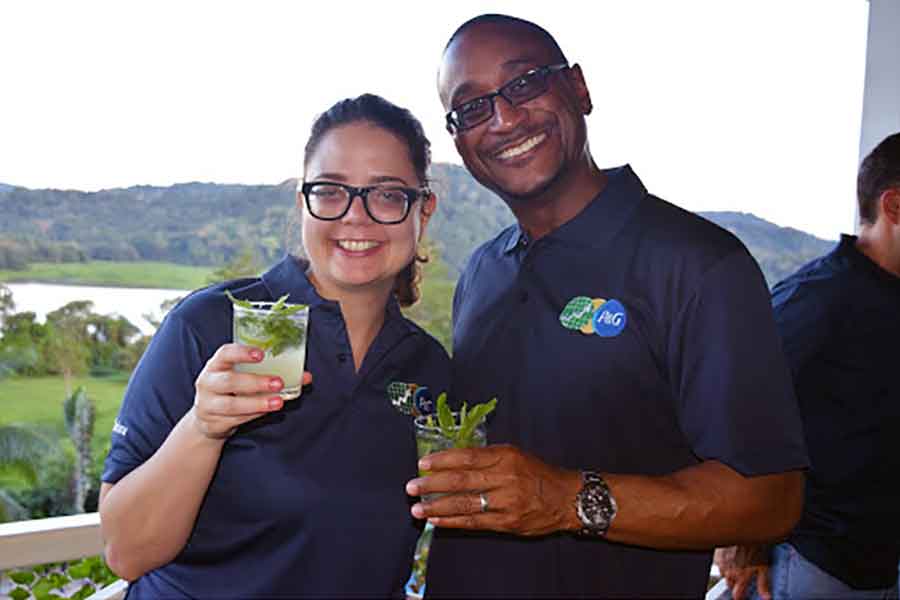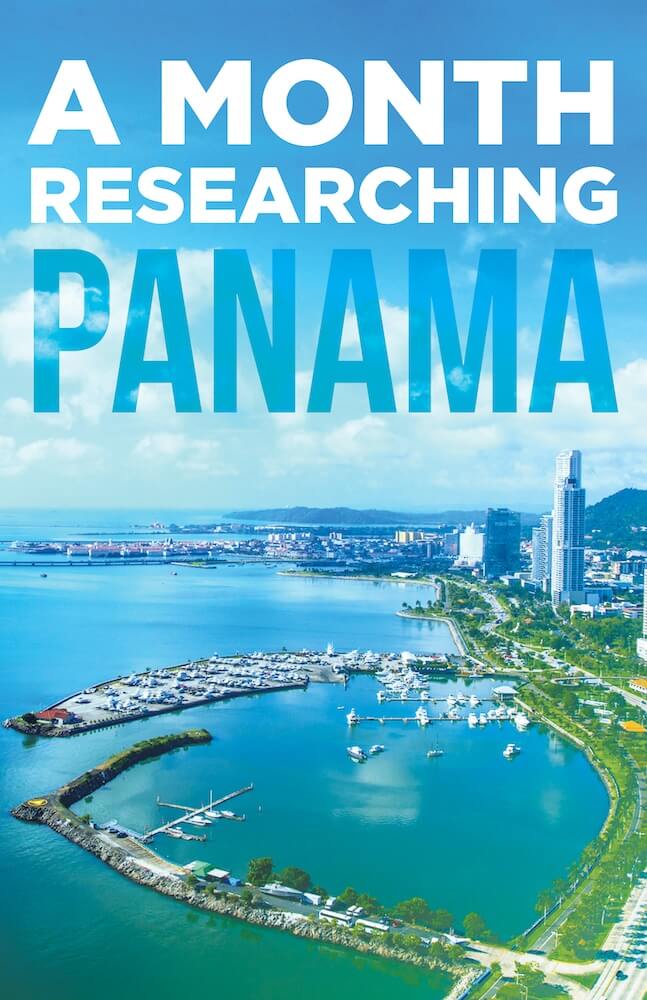COVID-19 has been devastating worldwide. Along with the almost unimaginable human toll, the economic implications are projected to be equally unimaginable and long-lasting. A 4.4 percent global contraction of the Gross Domestic Product (GDP) in 2020, the deepest recession in decades, a complete shutdown of some industries, disruption of global trade with supply chain reconfigurations are all part of the economic impact. However, as vaccines are administrated worldwide and visionary leadership plans emerge, a new but stronger economy should be on the horizon.
The International Monetary Fund (IMF) is projecting a 5.2 percent global growth in 2021 despite the pandemic’s ability to morph and continue to infect. This growth will be driven by countries that can rapidly capitalize on the shifting world economy, minimize the impact of disappearing or depressed revenue streams and create new ways to provide employment, adequate healthcare, trust and social networks for their citizens.
What The Pandemic Created
Globally the pandemic has created several factors impacting recovery and next steps. Consider:
- Recession–Except for China, most countries are in a recession with big economies especially hard hit. Great Britain, Canada, United States, Italy, France, Germany and Japan have all been greatly and negatively impacted. Panama is in a recession but to a much lesser extent.
- Tourism Halted–The tourism and hospitality industries have essentially shut down worldwide, both building pent-up desire but creating a crumbling infrastructure, reduced offerings and a less-professional workforce. Business travel and commercial flights have drastically reduced and may never gain pre-pandemic levels. Panama opened the international airport on October 12, but tourism continues to suffer.

Tourism was slated to be highly developed by the new Panamanian administration from 2020-25, but the pandemic shut the industry down. Nonetheless, hospitality and travel continue to be part of Panama’s plan to grow the GDP.
- Retail Slow Down–If people are shopping at all, they are shopping online or for delivery options not involving foot traffic. Generally, households have reduced spending on retail and the industry has been forced to close brick and mortar stores and reduce employment. Unfortunately, Panama had become a mega shopping destination and fashion hub of Latin America. Mega malls and high-end retailers such as Gucci, Burberry and Hermes are everywhere.
- High, Prolonged Unemployment–Unemployment is high and with increased childcare, non-traditional schooling and home-based support for people infected with COVID, many workers have completely left the workforce. Women have been affected disproportionally. Current unemployment in Panama is 10.06%, almost double from 2018.

Panama has been able to secure an adequate amount of COVID-19 vaccine and is making it available to everyone including citizens and foreign nationals.
- Lack of Vaccine–There is not enough vaccine worldwide and it is not being administrated quickly enough. Vaccinating the world is not a small endeavor and may take years to effectively reduce the threat of COVID. Panama is fortunate to have the vaccine, plenty of administration centers and more on order.
- More In The 401K–The stock market in the United States has been roaring, creating impressive portfolios and retirement accounts for many high-end Americans. The Dow, along with Asian markets have roared while the FTSE and Great Britain are struggling.
Panama and the Pandemic
Given these global pandemic related variables, it is important to know where Panama stands to better understand how the country may emerge stronger than ever.
Panama has been one of the most draconian countries to respond to the pandemic and consequently is beginning to emerge. Quick to enforce a complete shut down including closing schools and offices, restricting travel and everyday activities, Panama also quickly reimagined the existing healthcare system and responded to virus patients nationwide with the emphasis on taking care of its populations–both domestic and foreign. Because malaria was defeated in a lab in Panama, work quickly began with an Australian pharmaceutical company to develop and produce vaccines.
Today, 1,101 centers, mostly located in schools and universities, are administering vaccines as quickly as they are available. The current administration has negotiated additional vaccines to ensure enough for both Panamanians and foreign nationals living in Panama. Testing centers are widespread, with one even located in Tocumen International Airport. Clinics, hospitals and healthcare providers are open and functioning.

Medical tourism is rapidly growing in Panama as a result of the collaboration between Johns Hopkins International Medicine and the Panamanian government. There isn’t universal medicine in Panama but it is close and the cost is as much as 90% less than the United States.
International travel resumed on October 12 in Panama City, which is “The Hub To The Americas” anchored by Copa Airlines. The airline and country of Panama are both working as test stakeholders to develop a “digital passport” making international business travel easier. Safety protocols are established and enforced.
And, while all of this preparation, planning and execution is allowing Panama to begin to restart the economy, it is not about just opening the closed doors. Things have changed. Dramatically. So Panama is changing too to capitalize on its unique strengths to drive foreign investment, create thousands of new jobs, invite foreign nationals to become a neighbor and work with businesses to create partnerships resulting in new revenue streams.
More Than Just Opening The Door
As Panama begins to reopen, the current administration of Laurentino “Nito” Cortizo has introduced several initiatives to position the country to emerge stronger than ever after the pandemic. Consider this list of examples:
- Rapid Path To Residency–Panama has been built on the many individuals who came to seek a better life for themselves and their families. For individuals seeking a retirement haven, a lower cost-of-living home to build a business or to manage an online business, Panama will allow them to become permanent residents after 30-days and a minimum of a $300,000 real estate investment. This residency perk can also be obtained through a $750,000 investment in the Panamanian stock market or a $500,000 deposit locally.
- Special Economic Zones (SEZ)–Five new SEZs have been established throughout the country eventually resulting in 10,000 new jobs and more than $21 million in investment. These zones will allow for tax abatements, reduced tariffs and other incentives for newly established businesses mainly working in agribusinesses including vertical farming. These vertical farms will support farming with no soil and 95% less water in signifigantly reduced land space. Thought to be the future of feeding the world, the concept reduces the impact of Panama’s small size and capitalizes on her strategically positioned location allowing for rapid shipping to the Americas. While four of the SEZs are agribusiness focused, one zone is located in Colon, adjacent to the second-largest free-trade zone in the world, the Colon Free Trade Zone which was created after World War II to help restart the economy.

Vertical farming eliminates the negative of Panama’s small size (a little smaller than South Carolina) and capitalizes on the fact logistically, no other country can get more goods quickly around the Americas than Panama. Fresh lettuce anyone?
- Tax Credits To Promote Tourism–The Panamanian government will provide a tax credit equal to the amount spent for local companies who promote Panamanian tourism in 2021. Developing a more robust tourism brand was one of the main goals of the Cortizo administration, but was halted due to the pandemic. This initiative is to allow stakeholders to invest in advertising.
- Light Manufacturing Development–New businesses interested in capitalizing on Panama’s educated workforce and strategic location for distribution throughout the Americas, will be granted tailored tax abatements and other incentives to create new high-paying jobs via establishing light manufacturing and packaging sites.
- Movie and Film Industry Initiatives–Panama is already home to many film and movie sites that require a jungle, stunningly beautiful beaches, volcanos or urban settings so the government has mounted a campaign, complete with tax incentives and other economic stimulus offerings to the film industry.

Because of the diversity easily found in Panama, movies have been using the country as a film mecca for a decade and now they can do it while enjoying tax abatements!
- No Double Taxation–While not a new initiative, it is one that is finding traction after the elections in the United States and the new normal of working from home. Individuals who live and work remotely from Panama, are not taxed on any income earned in other countries. So, if you have a string of high performing AirBnB properties or an on-line store selling bath bombs and luxury soaps, work it from Panama tax-free!
- Reduction of Ad Valorem Fees–Forty percent of incoming products are taxed at 4% and only about a quarter of incoming goods are taxed above 15%. This encourages companies to park their goods in Panama and then re-import throughout the Americas with low tariffs. There are additional exemptions on some high-technology products.
- Real Estate Tax Abatement–Panama wants you to be their neighbor and have sweetened the pie with tax forgiveness of up to 20 years on properties purchased in Panama. Additionally, the government incentivizes developers to grant discounts in direct correlation to incentives they have received from the government.
Positive Outcomes
These are just some of the programs recently unveiled by the current administration. These are all designed to achieve:
- Increase employment opportunities for Panamanians and reduce the unemployment rate from its current high of more than 10%.

Over 170 multinational companies call Panama home and with incentives and an educated workforce, it is hoped many more will move into Panama creating thousands of well-paying positions!
- Develop additional revenue streams to make GDP growth less reliant on single sources. Currently, the biggest GDP contributors include the services sector, Panama Canal, logging and mining. Tourism, light manufacturing, agribusiness, medical tourism and continued development of the existing copper mine are considered the next group to positively impact growth.
- As a small country, Panama must attract foreign investment to grow. Many of the new programs are designed to make the country attractive for major corporations, small business owners and even retirees.
- It is important to mitigate the wealth gap and develop a strong middle class. Education, especially English is being made freely available to a broad range of Panamanians along with solid jobs.
In the past two decades, Panama has enjoyed unparalleled success growing the nation’s economy and even becoming the strongest (by far) in Central American, as well as one of the strongest in Latin America, but now things have changed with the pandemic. How Panama reads and responds to that new world order is imperative to keep leaning into advantageous aspects of growing the economy. By all measurements, Panama is currently in front of the curve with inventive programs ready to capitalize on the new world order.


